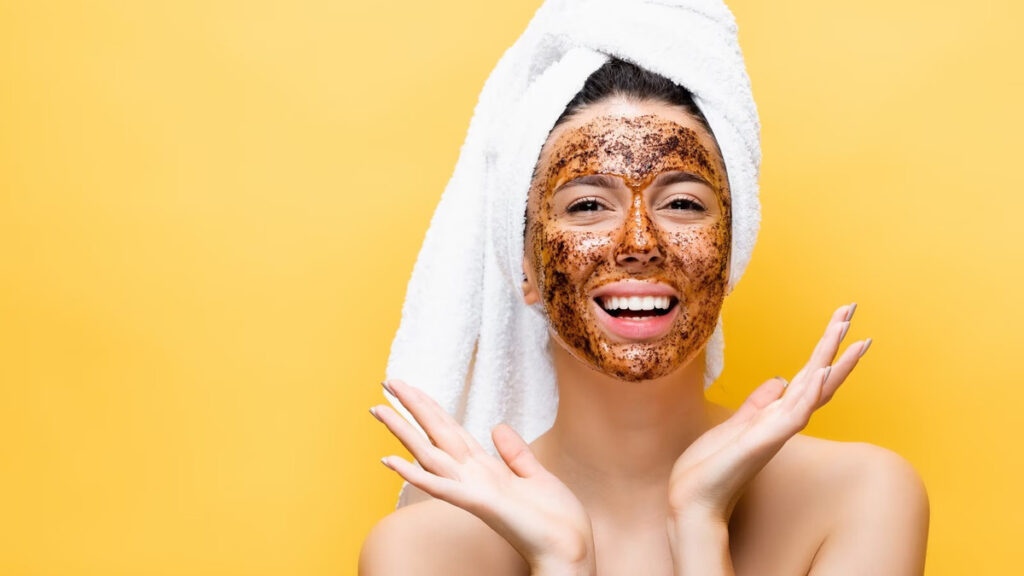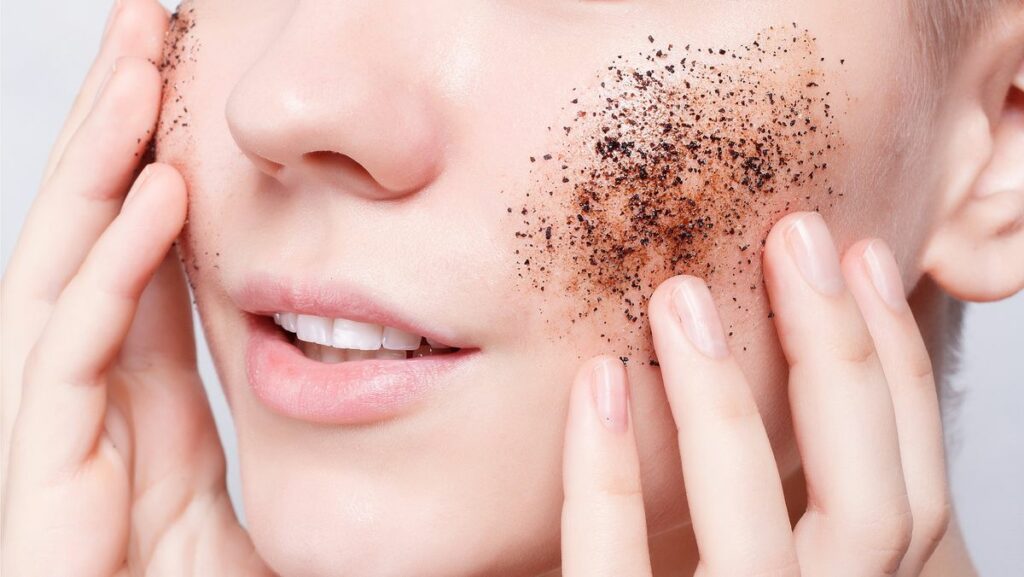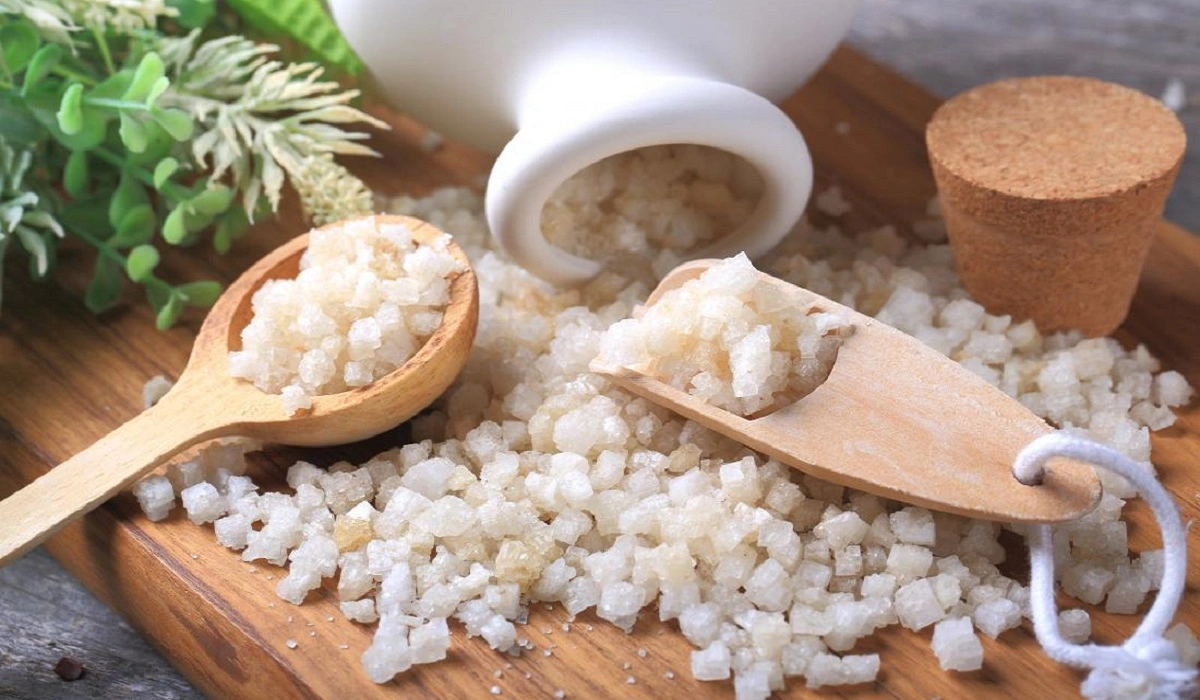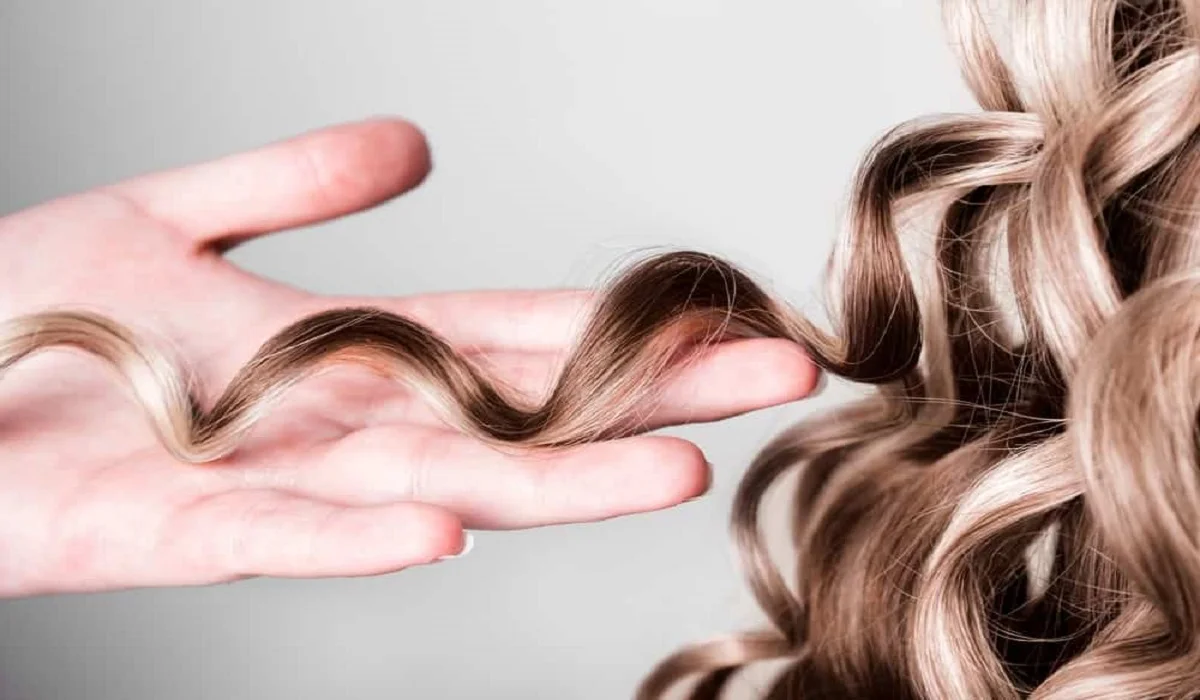
Coffee body scrubs have gained popularity for their exfoliating and invigorating properties, but can they be safely used on the delicate skin of your face? While coffee scrubs offer numerous benefits for the body, including improved circulation and skin rejuvenation, the facial skin is thinner and more sensitive. In this comprehensive guide, we will explore the potential benefits and risks of using a coffee body scrub on your face, discuss the factors to consider, and provide alternatives for safe and effective facial exfoliation.
Understanding Coffee Body Scrubs
Coffee body scrubs are typically made by mixing ground coffee beans with other natural ingredients such as sugar, salt, oils, and sometimes additional herbs or essential oils. The coarse texture of coffee grounds helps to physically exfoliate the skin, removing dead cells, and promoting circulation. Additionally, coffee contains antioxidants and caffeine, which are believed to have anti-inflammatory and skin-toning properties.
However, when it comes to using these scrubs on your face, caution is warranted due to the differences in skin sensitivity and thickness between facial and body skin. Here, we’ll explore the key factors to consider when deciding whether or not to use a coffee body scrub on your face.
Factors to Consider
- Skin Sensitivity: Facial skin is more sensitive than the skin on your body. The abrasiveness of coffee grounds might be too harsh for delicate facial skin, potentially causing micro-tears or irritation.
- Acne-Prone Skin: If you have acne-prone skin, using a coffee body scrub on your face may exacerbate breakouts. The friction and oils in the scrub can clog pores and lead to more pimples.
- Skin Conditions: Individuals with certain skin conditions like eczema, rosacea, or psoriasis should avoid abrasive scrubs, as they can worsen these conditions and cause redness and irritation.
- Allergies and Sensitivities: Some people may be allergic or sensitive to coffee or other ingredients in the scrub. Patch testing is essential before applying it to your entire face.
- Frequency: Even if you decide to use a coffee scrub on your face, it’s crucial to limit the frequency. Over-exfoliating can strip the skin’s natural oils and lead to dryness and sensitivity.
Benefits of Coffee Scrubs for the Face
While using a coffee body scrub on your face may have its risks, there are potential benefits if used cautiously and infrequently:
- Exfoliation: Coffee grounds can help remove dead skin cells, promoting a smoother and brighter complexion.
- Stimulation: The massaging action of scrubbing can improve blood circulation, potentially giving your skin a healthy glow.
- Antioxidants: Coffee is rich in antioxidants, which may protect your skin from damage caused by free radicals and environmental stressors.
- Reduced Puffiness: The caffeine in coffee may temporarily reduce puffiness and under-eye bags by constricting blood vessels.
- Cellulite Reduction: While not directly related to facial use, some people use coffee scrubs to reduce the appearance of cellulite on the body.

Alternatives for Safe Facial Exfoliation
If you’re hesitant about using a coffee body scrub on your face, there are several alternative methods for safe and effective facial exfoliation:
- Gentle Facial Scrubs: Opt for facial scrubs specifically formulated for delicate facial skin. Look for products with fine exfoliating particles like sugar, rice bran, or jojoba beads.
- Chemical Exfoliants: Chemical exfoliants, such as alpha hydroxy acids (AHAs) and beta hydroxy acids (BHAs), offer effective and gentle exfoliation. They come in various formulations like serums, toners, and masks.
- Konjac Sponges: Konjac sponges are natural, gentle exfoliators that can be used daily. They are suitable for sensitive skin and provide a mild exfoliating effect.
- Facial Brushes: Some electric facial brushes with soft bristles can help remove dead skin cells when used with a gentle cleanser. However, use them sparingly to avoid over-exfoliation.
- Enzyme Masks: Enzyme masks contain fruit enzymes that break down dead skin cells without the need for physical scrubbing. They offer a gentle exfoliation option.
Precautions and Best Practices
If you decide to use a coffee body scrub on your face, follow these precautions and best practices:
- Patch Test: Always perform a patch test on a small area of your face to check for any adverse reactions or allergies before using the scrub on your entire face.
- Dilution: Mix the coffee scrub with a gentle facial cleanser or yogurt to dilute its abrasiveness and reduce the risk of irritation.
- Gentle Pressure: Apply the scrub with very gentle pressure, using your fingertips in circular motions. Avoid pressing too hard.
- Frequency: Limit the use of the scrub to once a week or less, depending on your skin’s tolerance.
- Moisturize: Follow up with a soothing, hydrating moisturizer to replenish your skin’s moisture barrier after exfoliation.
While coffee body scrubs offer benefits for the body, they may not be the best choice for facial exfoliation due to the sensitivity of facial skin. To avoid potential irritation, micro-tears, or breakouts, it’s safer to opt for facial scrubs or chemical exfoliants specifically formulated for delicate facial skin. These alternatives provide effective exfoliation without the risks associated with coffee body scrubs. While coffee body scrubs offer benefits for the body, they may not be the best choice for facial exfoliation due to the sensitivity of facial skin. To avoid potential irritation, micro-tears, or breakouts, it’s safer to opt for facial scrubs or chemical exfoliants specifically formulated for delicate facial skin. These alternatives provide effective exfoliation without the risks associated with coffee body scrubs. Prioritizing gentle skincare practices and choosing the right products tailored to your skin type can help you achieve a radiant and healthy complexion while avoiding potential pitfalls. Remember that maintaining the health of your facial skin should always be a top priority in your skincare routine.








